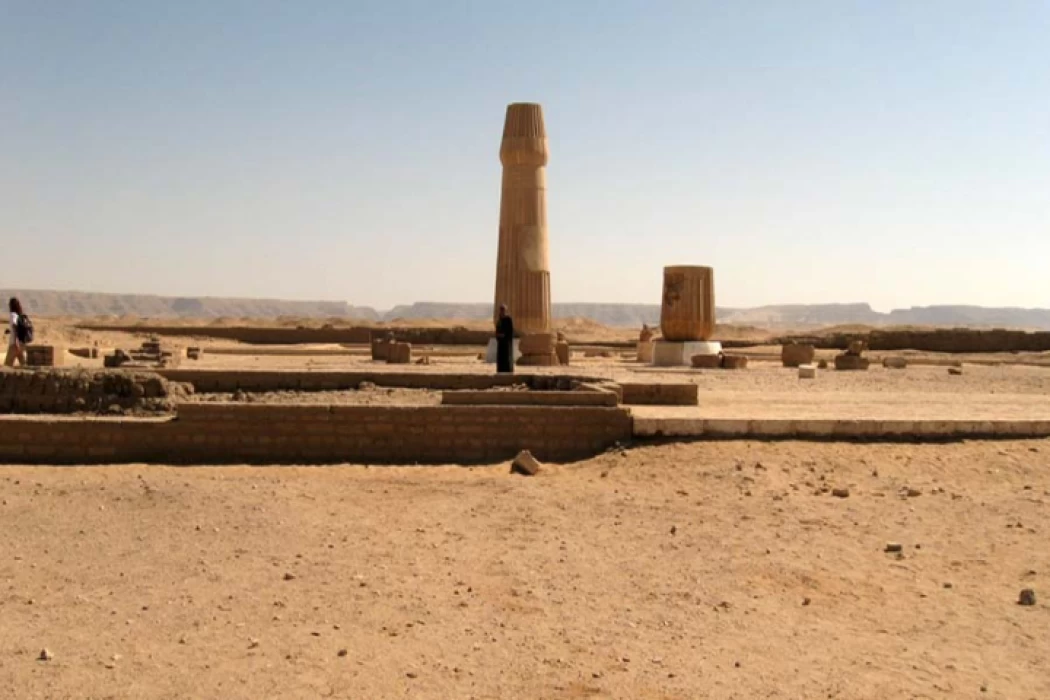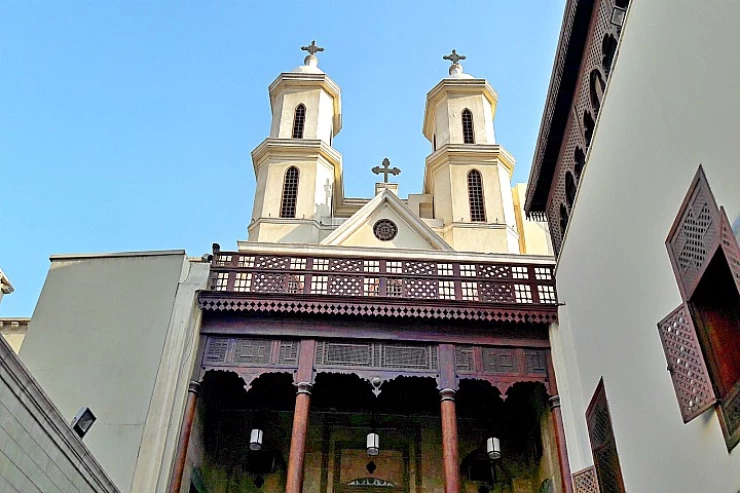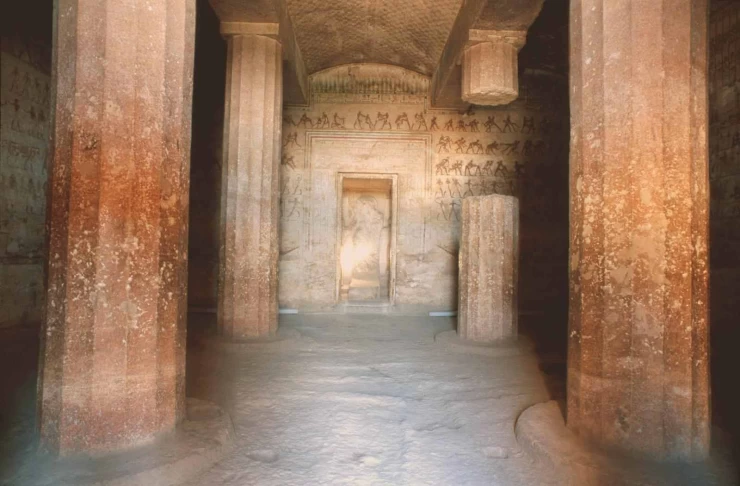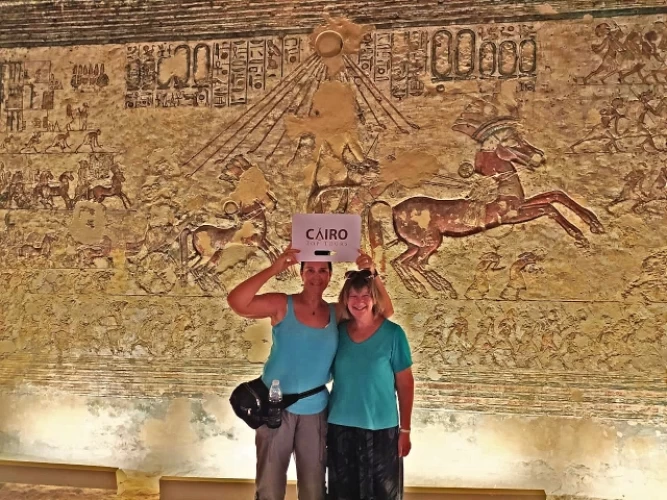
El Minya City
El Minya City
El Minya is renowned as the "Bride of Upper Egypt" due to its historical, cultural, and archaeological riches. It is located on the banks of the Nile River, approximately 245 kilometers south of Cairo. It dates back to the Pharaonic period and celebrates old heritage while remaining relatively modern in day-to-day life.
El Menia, or Minya, often known as the Land of the Dead, is located around 240 kilometers south of Cairo. The ancient Egyptian name was (Must Khufu), which translates as the nursing of Khufu. El Minya, Egypt, was considered the 16th nome of Upper Egypt, or the Oryx nome, due to the antelope that lived there. It was famed for its cotton industry.
During the Middle Kingdom, El Menia flourished as the governors of the Middle Kingdom began to build their tombs on the eastern bank of the Nile, which was unusual because they used to build their tombs on the west because they considered the west to be the place of the dead, but they changed to the east due to the high quality of the stone, and the natural mountains on the east would protect their tombs from cracking or destruction. Bani Hasan village is home to 390 Middle Kingdom-style rock-cut adorned tombs. Queen Hatshepsut erected the Speos Artemidos Temple.
Tell El Amarna.
Akhetaten, also known as Tel El Amarna, was the capital city erected by King Akhenaten and devoted to the god Aten. Akhenaten lived there with his wife, Queen Nefertiti, his daughters, and his disciples, who were seeking a monotheistic faith. The magnificent remains of their palaces, temples, and tombs, along with his royal tomb, may still be seen today. Following his death, Amen's priests destroyed Akhenaten's city, including the one he had built. Other noteworthy ancient sites in Minya are Deir Abu Hines, Deir el-Bersha, El-Sheikh Sa'id, and Tuna el-Gebel. El Ashmunein (Hermopolis Magna) was the primary hub of Thoth worship. Tuna el-Gebel housed Petosiris' funerary chapel. The Monastery of the Virgin Mary at Gebel el-Teir is one of Samalut's most important Christian churches. It was founded by Empress Helena, Emperor Constantine the Great's mother, and served as a stopover for the Holy Family during their flight to Egypt.Nile Valley. Minya Governorate, known as the "Bride of Upper Egypt," is one of Egypt's governorates.
We provide the greatest deals on tours to Egypt, so you may enjoy a range of custom-made Egypt Classic Tours and vacations, private budget tours to Egypt, and Egypt travel packages to fulfill all of your dreams about ancient Egypt, the cradle of civilization. We will assist you in planning classic Egypt vacations that will take you around the majority of the Pharaohs' homeland. This historical corner of the world, which I believe is the cradle of humanity, greets you with open arms via Cairo Top Tours.

















